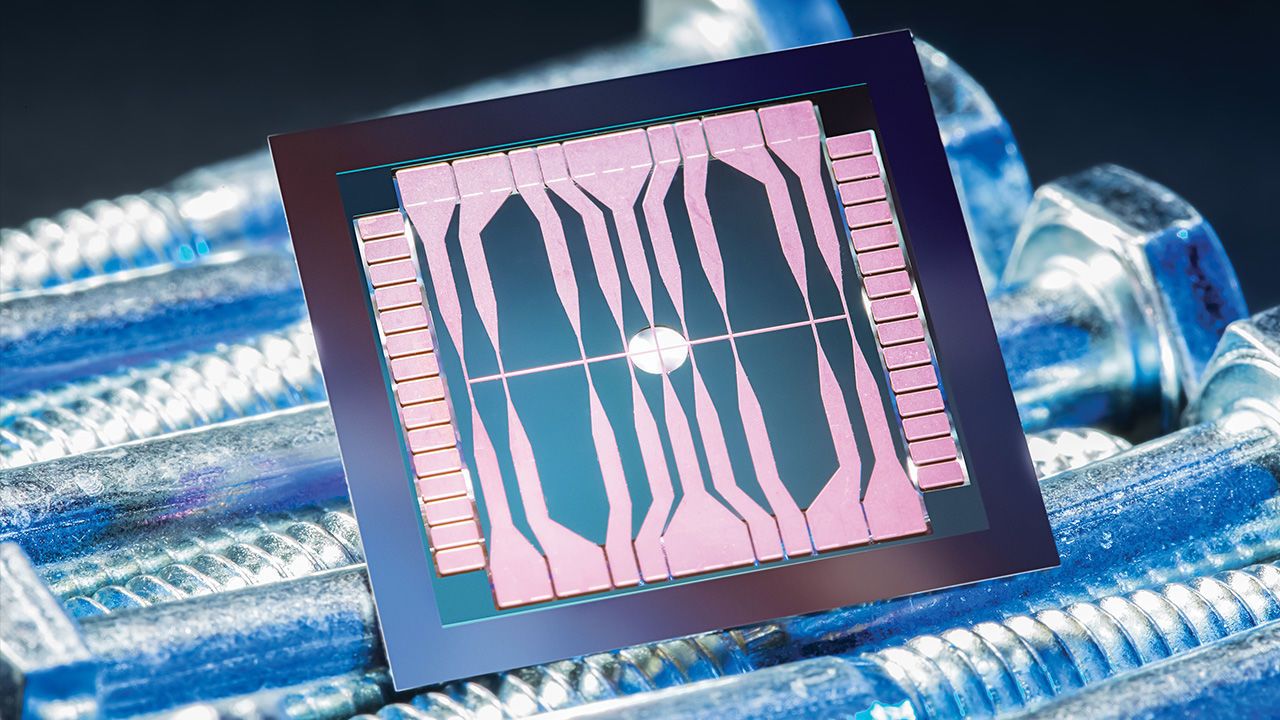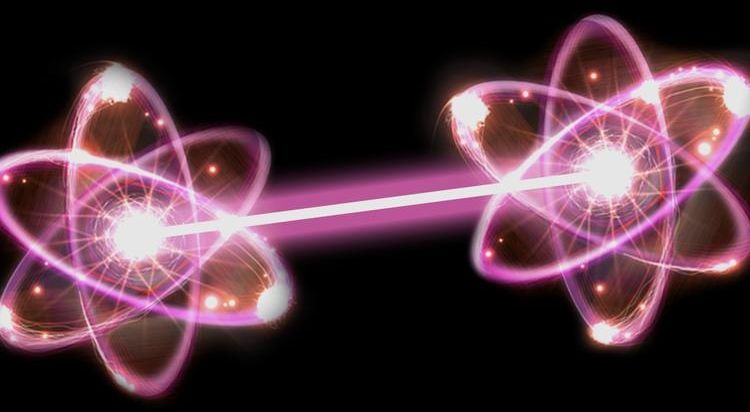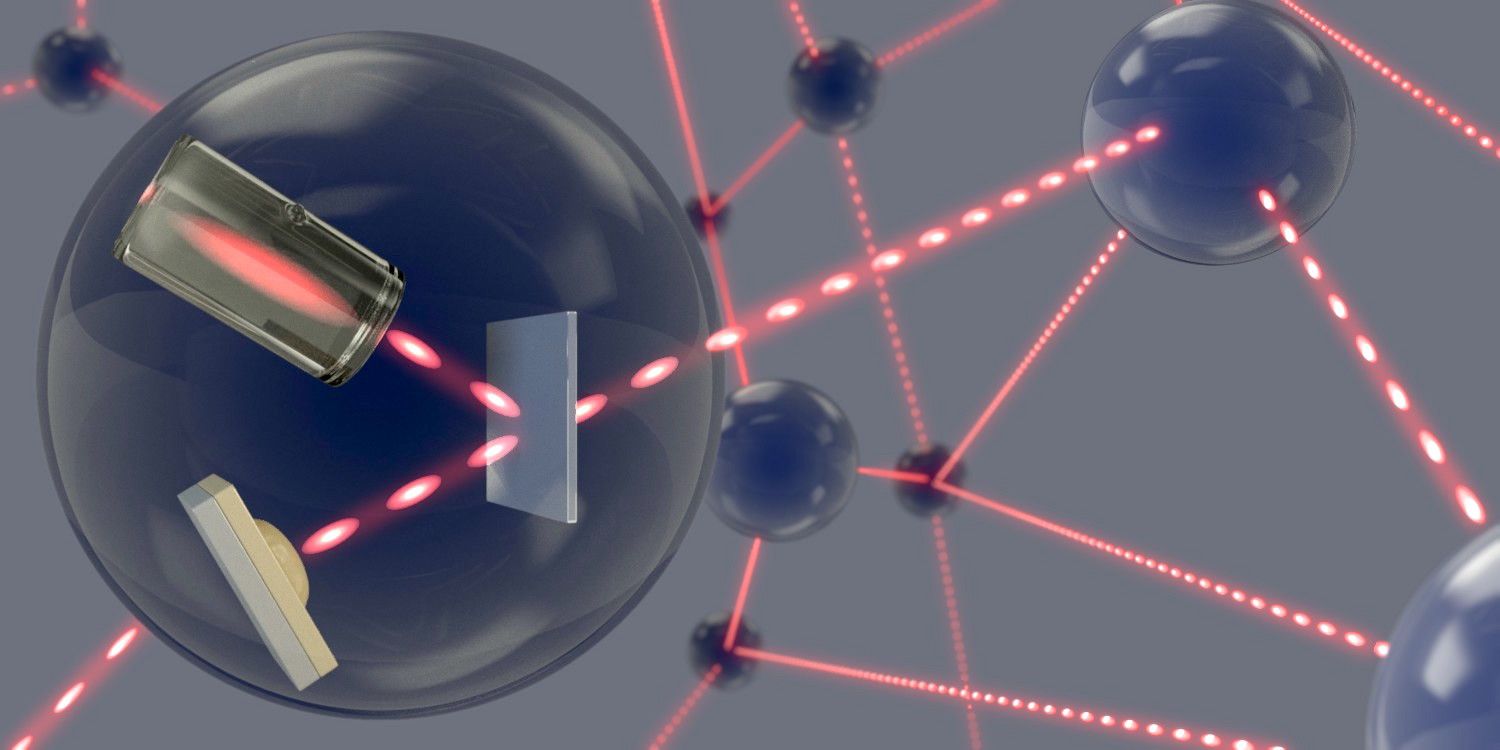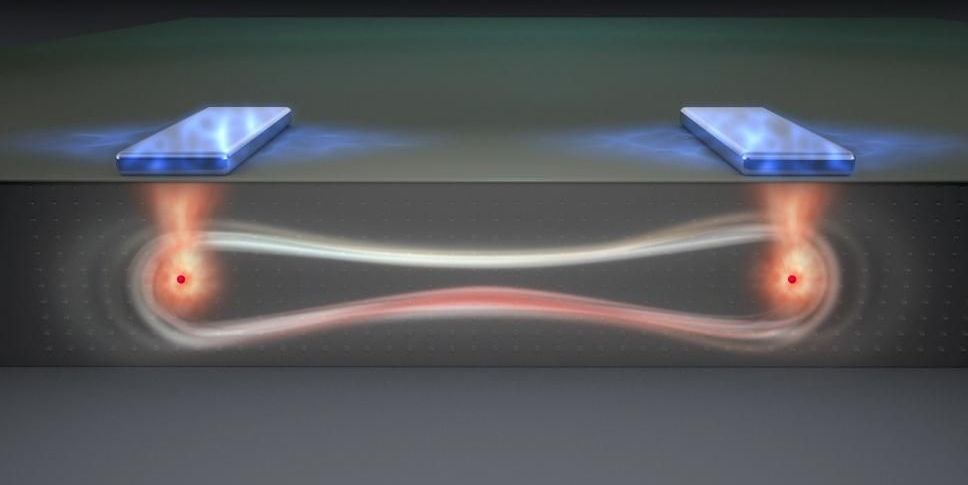Oct 2, 2017
An Earth-Sized Space Shield to Protect Us From Solar Storms Is Less Crazy Than It Sounds
Posted by Sean Brazell in categories: economics, particle physics, satellites
Every 100 years or so, our Sun gives off a great big belch that sends an intense wave of charged particles towards Earth. This wasn’t a problem in the past, but our high-tech civilization is now disturbingly vulnerable to these solar storms. A new study quantifies the economic risks posed by these extreme solar storms, while also proposing a super-futuristic solution to the problem: an Earth-sized shield built in outer space.
The term “solar storm” is used to identify the various nasties the Sun can hurl our way, including x-rays, charged particles, and magnetized plasma. In 1859, a series of powerful coronal mass ejections (CMEs) hit our planet head on, disrupting telegraph stations and causing widespread communication outages. If we were to be hit by an equally powerful solar storm today, it would knock out satellites and electrical grids, disrupting global communications, transportation, and supply chains. Total worldwide losses could reach up to $10 trillion, with recovery taking many years.


















